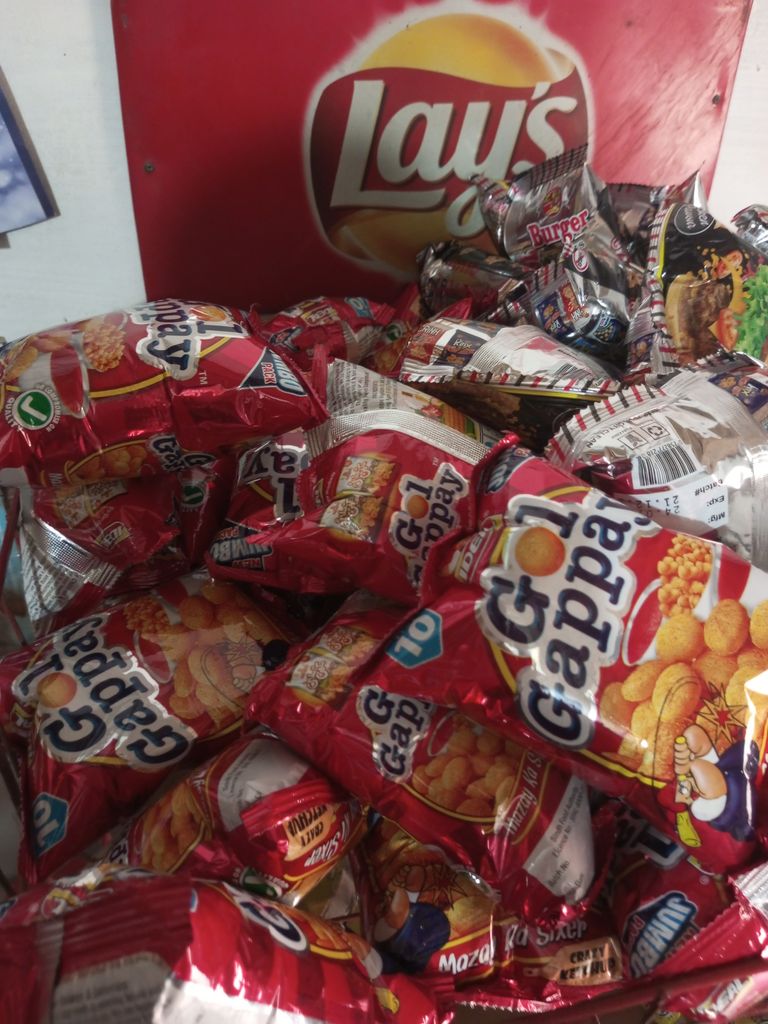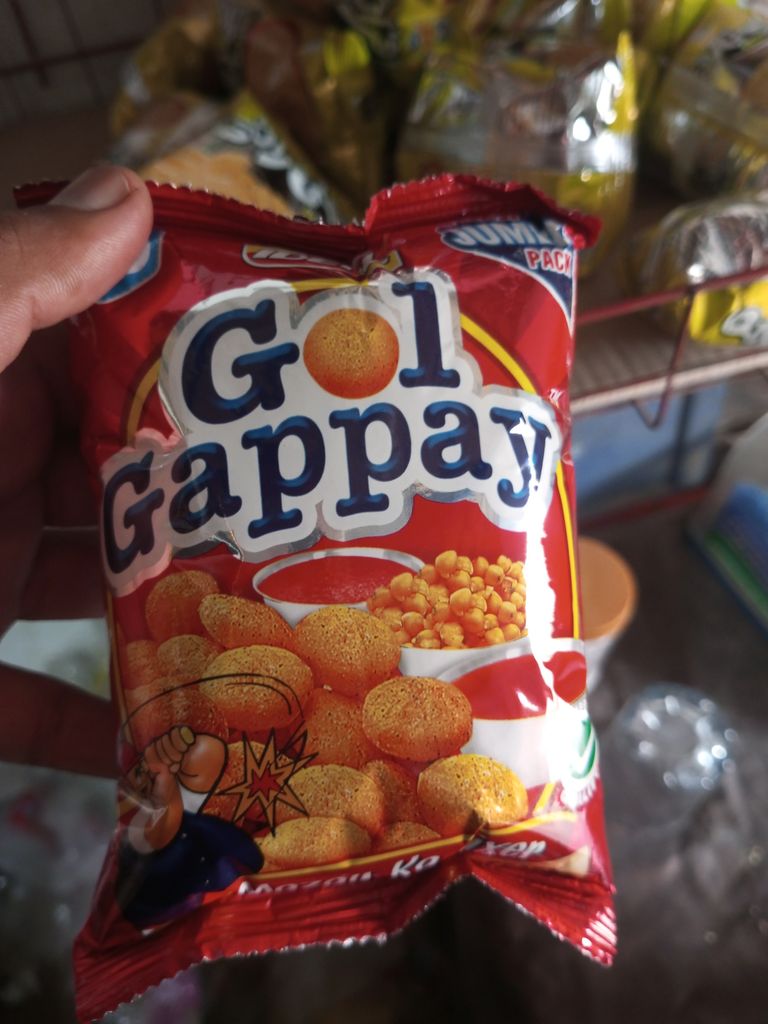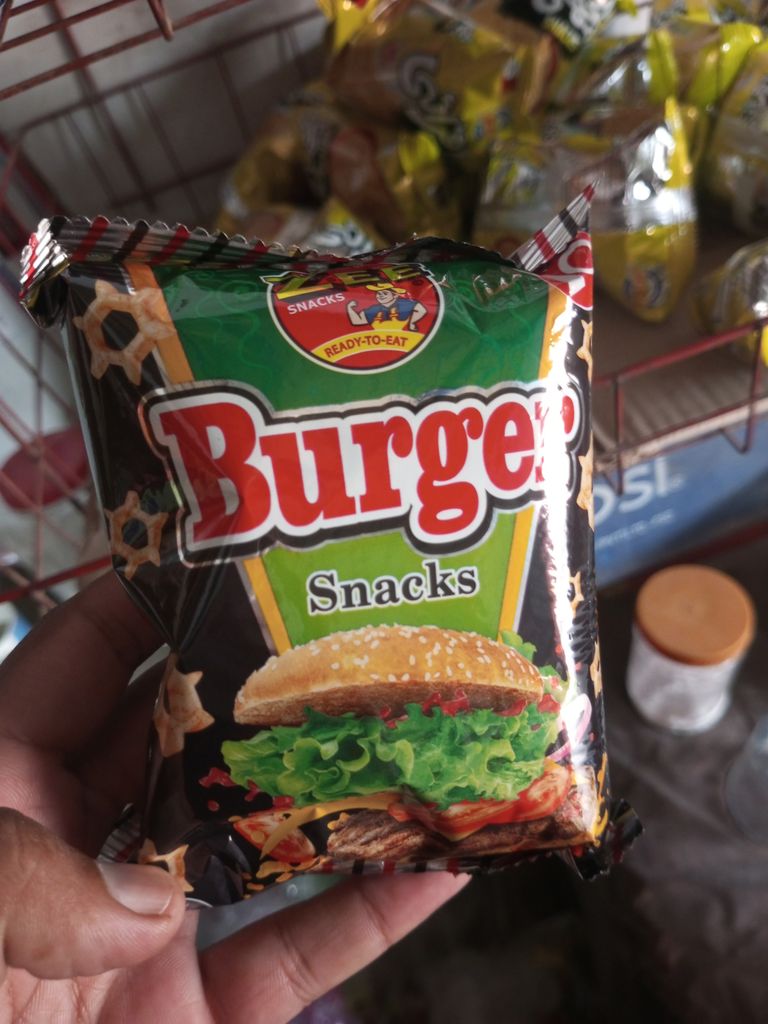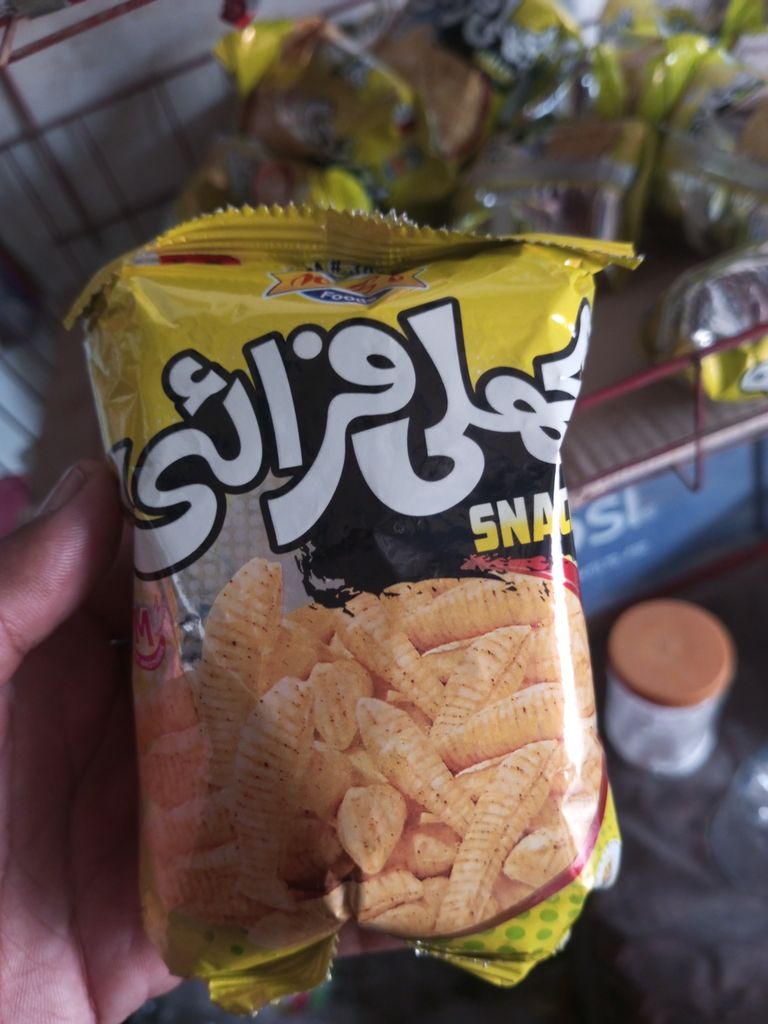Delicious Papad: A Crispy Culinary Delight
Papad, a beloved culinary delight in many parts of the world, has been a staple in households and restaurants for generations. This thin, crispy disc, made primarily from lentil, chickpea, rice, or potato flour, is a versatile and delicious accompaniment to various meals. With its distinctive crunch and burst of flavors, papad adds an extra dimension to the dining experience. Let's explore the origins, preparation, and diverse uses of this delectable treat.
A Brief History and Cultural Significance:
Papad, also known as papadum, has a long and rich history that traces back to the Indian subcontinent. Its roots can be found in traditional Indian cuisine, where it was initially made using lentil flour and was cooked over open flames. Over time, the popularity of papad spread to other regions, including South Asia, the Middle East, and even parts of Africa.
In Indian culture, papad holds a special place. It is not just a culinary delight but also a symbol of heritage and tradition. It often finds its way onto the dining table during festive occasions, celebrations, and gatherings, signifying the warmth of hospitality and togetherness.
Preparation and Culinary Art:
Crafting papad requires skill and precision, as the delicate balance of ingredients is crucial to achieve the desired texture and flavor. A typical papad recipe involves a combination of lentil or gram flour, spices such as cumin and black pepper, and water to form a dough. This dough is then rolled out into thin discs and sun-dried to perfection, preserving its taste and enhancing its shelf life.
Once dried, these discs can be deep-fried, roasted over an open flame, or even microwaved, each method yielding a unique flavor profile. The art lies in achieving the right level of crispiness and avoiding overcooking, which could result in a burnt or bitter taste.
Diverse Uses and Culinary Pairings:
Papad's versatility shines through in its ability to complement a wide array of dishes. It can be served as an appetizer, a side dish, or even a snack on its own. In Indian cuisine, papad is often served alongside dal (lentil soup) or curry, providing a contrasting texture that balances out the meal. It can also be crumbled and sprinkled over rice, adding an extra crunch and flavor dimension.
In addition to traditional pairings, papad has found its way into fusion cuisine, lending its unique texture and taste to creative dishes. It can be used as a base for mini pizzas, rolled with fillings for a crunchy wrap, or crushed and mixed into salads to provide an unexpected twist.
Innovation and Modern Trends:
As culinary boundaries continue to expand, papad has also undergone a transformation. Artisanal and gourmet papads have emerged, featuring inventive flavors such as garlic, masala, and even chocolate. These variations have found a niche in contemporary cuisine, appealing to those seeking a fusion of tradition and innovation.
Furthermore, health-conscious consumers have embraced papad's gluten-free and vegan nature, making it an appealing option for a broader range of dietary preferences.
Conclusion:
Papad's journey from its humble origins to becoming a global culinary sensation is a testament to the power of flavor, texture, and tradition. This crispy delight continues to evolve, adapting to modern tastes while preserving its cultural significance. Whether enjoyed as a nostalgic treat or explored in innovative dishes, papad remains a cherished symbol of the culinary world's ability to transcend borders and bring people together through the joy of food.







